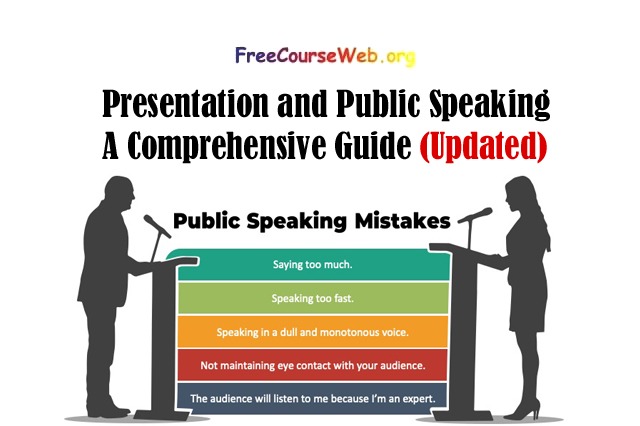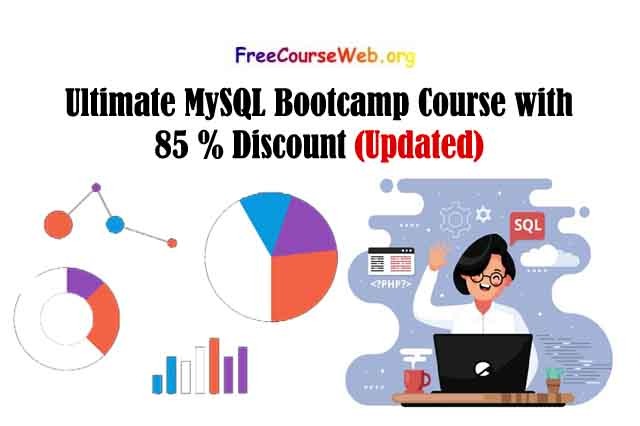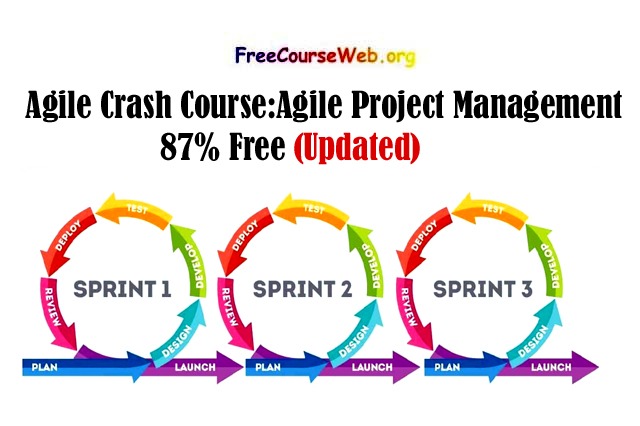Presentation and Public Speaking Public speaking and presentation skills are invaluable in various facets of life

This comprehensive guide aims to equip you with the essential principles, techniques, and strategies to master the art of presentation and public speaking.
Elevating Security Awareness: A Comprehensive Guide
Mastering Collaboration: Work Together Best Results
Whether you’re a novice or looking to enhance your existing skills, let’s embark on a journey to become a compelling and confident communicator.
Sustainable Investing: A Comprehensive Guide
Quantitative Analysis: A Comprehensive Guide
Presentation and Public Speaking
1. Communication as a Skill:
Public speaking is a vital communication skill that transcends professional and personal realms. It empowers individuals to express ideas, influence opinions, and connect with diverse audiences.
2. Professional Advancement:
Effective public speaking enhances professional opportunities, from presenting ideas in meetings to delivering impactful presentations that can influence career growth.
II. Building Confidence in Public Speaking | Presentation and Public Speaking
1. Know Your Audience:
Understanding your audience allows you to tailor your message to their needs, making the communication more relatable and engaging.
2. Practice, Practice, Practice:
Rehearse your presentation multiple times to build confidence and familiarity with your material. Practice in front of a mirror or record yourself to identify areas for improvement.
3. Visualization Techniques:
Visualize yourself delivering a successful presentation. This mental rehearsal can boost confidence and reduce anxiety.
III. Structuring a Compelling Presentation
1. Introduction:
Capture your audience’s attention with a compelling introduction. This could be a story, a surprising fact, or a thought-provoking question.
2. Body:
Organize the main points logically. Use clear transitions between ideas and support each point with examples, evidence, or anecdotes.
3. Conclusion:
Summarize key points and end with a memorable closing statement. Consider leaving your audience with a call to action or a thought-provoking question.
IV. Effective Verbal and Nonverbal Communication
1. Voice Modulation:
Vary your tone, pitch, and pace to keep your audience engaged. A monotone delivery can lead to disinterest.
2. Body Language:
Maintain good posture, use open gestures, and make eye contact. Your body language should convey confidence and authenticity.
3. Utilize Visual Aids:
If appropriate, use visual aids like slides to enhance your message. Keep visuals simple, with minimal text and impactful images.
V. Managing Nervousness and Overcoming Challenges
1. Embrace Nervous Energy:
Accept that a certain level of nervousness is normal. Channel that energy into enthusiasm and passion for your topic.
2. Handling Questions:
Prepare for potential questions and practice responding confidently. If you don’t know the answer, it’s acceptable to acknowledge and offer to follow up.
3. Dealing with Technical Issues:
Familiarize yourself with the presentation venue and technology. Have a backup plan in case of technical glitches.
VI. Adapting to Different Speaking Scenarios
1. Formal Presentations:
Mastering formal presentations is crucial for professional settings. Tailor your approach based on the nature and purpose of the presentation.
2. Informal Settings and Conversations:
Effective communication extends to casual conversations. Practice being clear, concise, and engaging in everyday interactions.
VII. Continuous Improvement and Feedback
1. Seek Feedback:
Request feedback from peers, mentors, or audience members. Constructive criticism is valuable for refining your skills.
2. Learn from Experience:
Every speaking opportunity is a chance to learn and improve. Reflect on what worked well and areas for enhancement after each presentation.
VIII. Resources for Ongoing Development
1. Books on Public Speaking:
Explore books by renowned speakers and communication experts for insights and practical tips.
2. Public Speaking Courses:
Consider enrolling in public speaking courses, whether online or in-person, to receive structured guidance and feedback.
IX. Conclusion: Your Journey to Mastery
In conclusion, mastering the art of presentation and public speaking is a continuous journey. By understanding the fundamentals, practicing consistently, and seeking opportunities for improvement, you can become a confident and influential communicator.















